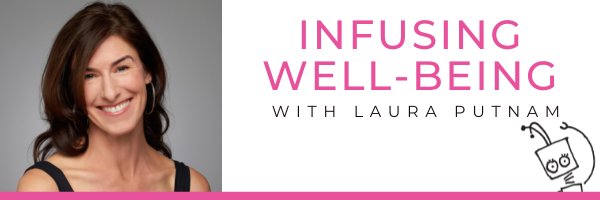|
The mandate for lifestyle change has gone international – and our only way out just might be to channel our friend and inventor, Thomas Edison. I was recently in Kuwait, and in preparation for the trip, was shocked to learn that Kuwait has both the highest rate of obesity in the world, according to the Food Security Index, AND the highest rate of stomach stapling. A shocking 43% of the population is obese – and nearly 75% is overweight. Wow! A "plus size" mannequin in Kuwait City. So, how do we get ourselves out of this mess? One way we can do exactly that, drawn from my book Workplace Wellness that Works, Step 9, is to channel Thomas Edison. That is, we need to launch and iterate. The story goes that a reporter once asked Thomas Edison how he felt about the fact that he failed a thousand times before he finally invented the light bulb. Edison apparently responded with: “No, you’re missing the point! The lightbulb is an invention that took a thousand steps.” Same is true with solving this international crisis of lifestyle-related disease and conditions. Just like Edison did, we need to experiment – over and over again – until we find solutions that stick. “Launch and iterate” is a mantra for many of the world’s most innovative companies. They’re not afraid to try things out and experiment. In fact, failure is often celebrated – and has given rise to phrases like “Fail faster!” Forward-thinking companies and leaders recognize that failures, when used as opportunities to learn, are essential for generating new ideas. In our world of wellness, we need to follow suit. And, the way we can is by stepping back and understanding just how we learn. Namely, we learn through doing. And, we reach greatness through experimentation and trying over and over again. We’ve all witnessed babies learning to walk. Here’s how it generally goes: (1) try something out (like – “Let’s try using this chair here to pull myself up!”), (2) see what happens (this is when we might see expressions of surprise or perhaps, frustration), (3) come up with a new plan (admit it, you can literally “see” them coming up with a new plan), and (4) then try yet again – and again and again. You get the idea here, right? This is pretty much what we do as adults, as well. Educational researcher David Kolb captured this in his model of the Learning Cycle. Source: David Kolb, Learning Cycle; image shown in Workplace Wellness that Works Basically, here’s how it works (and notice the parallels with babies learning to walk): 1. Experience – We try something out. 2. Reflect – We reflect on what worked and what didn’t. 3. Conceptualize – We come up with new ideas. 4. Experiment – And, we see how these work out. The Learning Cycle is a representation of how we learn and grow, how we make change, and how the world’s greatest inventions (like the lightbulb) come into fruition. Upshot: We have to be willing to experiment and try things out – and you, as the movement-builder in your organization, need to foster a spirit of learning, innovation and experimentation in regards to health and well-being. You need to generate a growth mindset, a term coined by Stanford educational researcher Carol Dweck. Having a growth mindset, as opposed to a fixed one, sets us up for success. But, too often when it comes to health and well-being, most of us tend to fall into a fixed mindset, e.g., “I’m either fit or I’m not. I’m either healthy or I’m not.” So, your job – as a movement-builder of well-being – is to empower people to move toward adopting more of a growth mindset. The way you can help people to do that is by encouraging people to set learning goals, as opposed to performance or outcomes-based goals. Sounds counter-intuitive, but evidence suggests (supported by Dweck’s research) that people are more likely to sustain their efforts in making a change when they focus on the learning aspects. Meanwhile, a singular focus on outcomes and performance actually cements a fixed mindset and thereby reduces the chance of success over the long-term! Whether we’re talking about new inventions or making strides in our health and well-being, there has to be room for failure – which goes hand in hand with experimentation. The key here is learning, above all. Check out our new course, Got Engagement?ARE YOUR WELLNESS EFFORTS FALLING FLAT? Unlike the Field of Dreams — if you build it, as in a wellness program, your employees will not necessarily come! THIS COURSE IS FOR: Senior Leaders (aka, the “trendsetters”), Managers (aka, the “permission givers”), HR, Wellness Managers and Consultants (aka, the “activators”), and all of us as individuals (aka, “self-starters”) to help you increase engagement with well-being both from the inside-out and outside-in. YOU'LL LEARN:
In the end, you will walk away with a new outlook on fueling engagement to catalyze healthy and positive changes for your community, workplace, and team.
0 Comments
Leave a Reply. |
Follow laura on social:Website by Brand Genie
|
join laura's monthly newsletter
|







